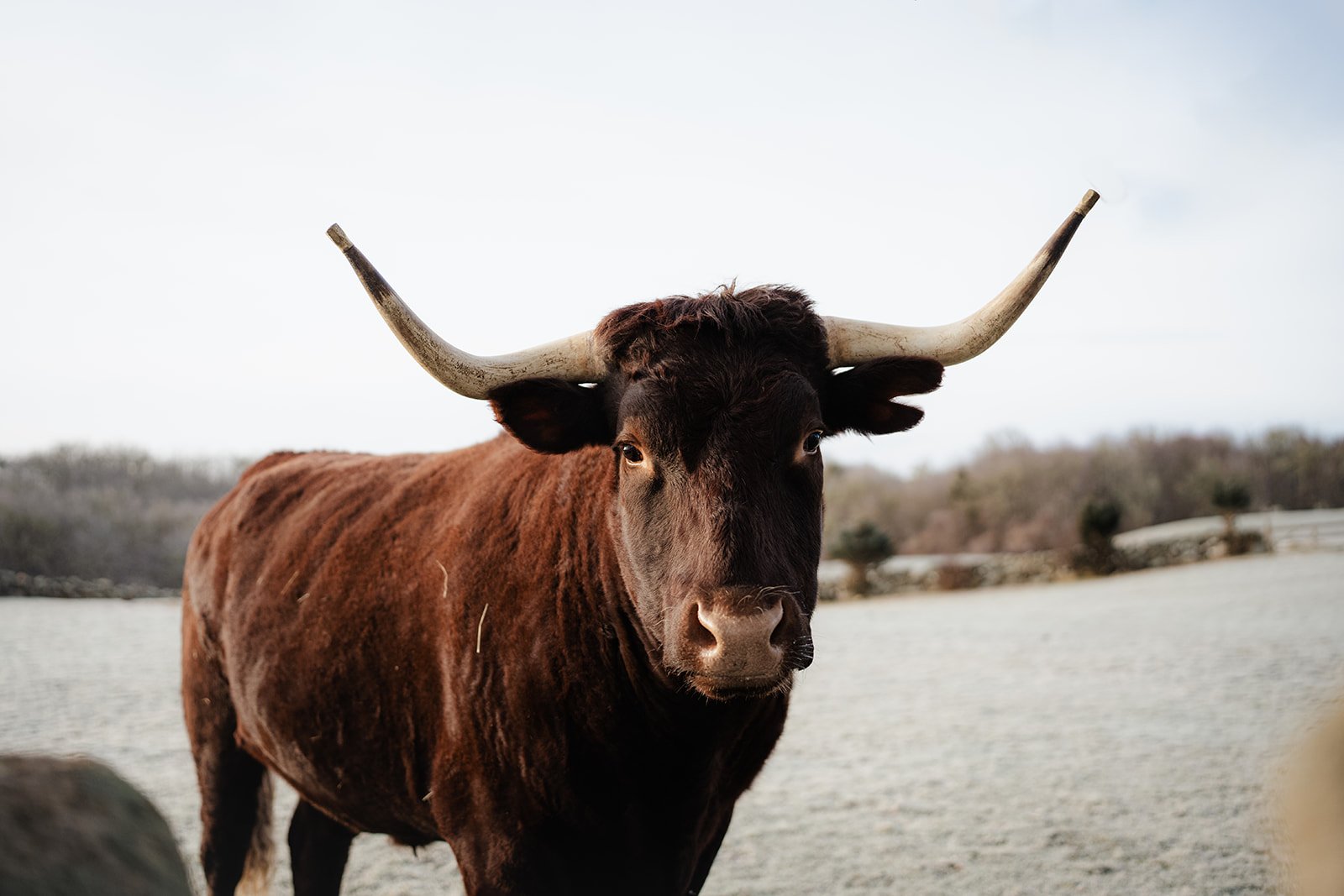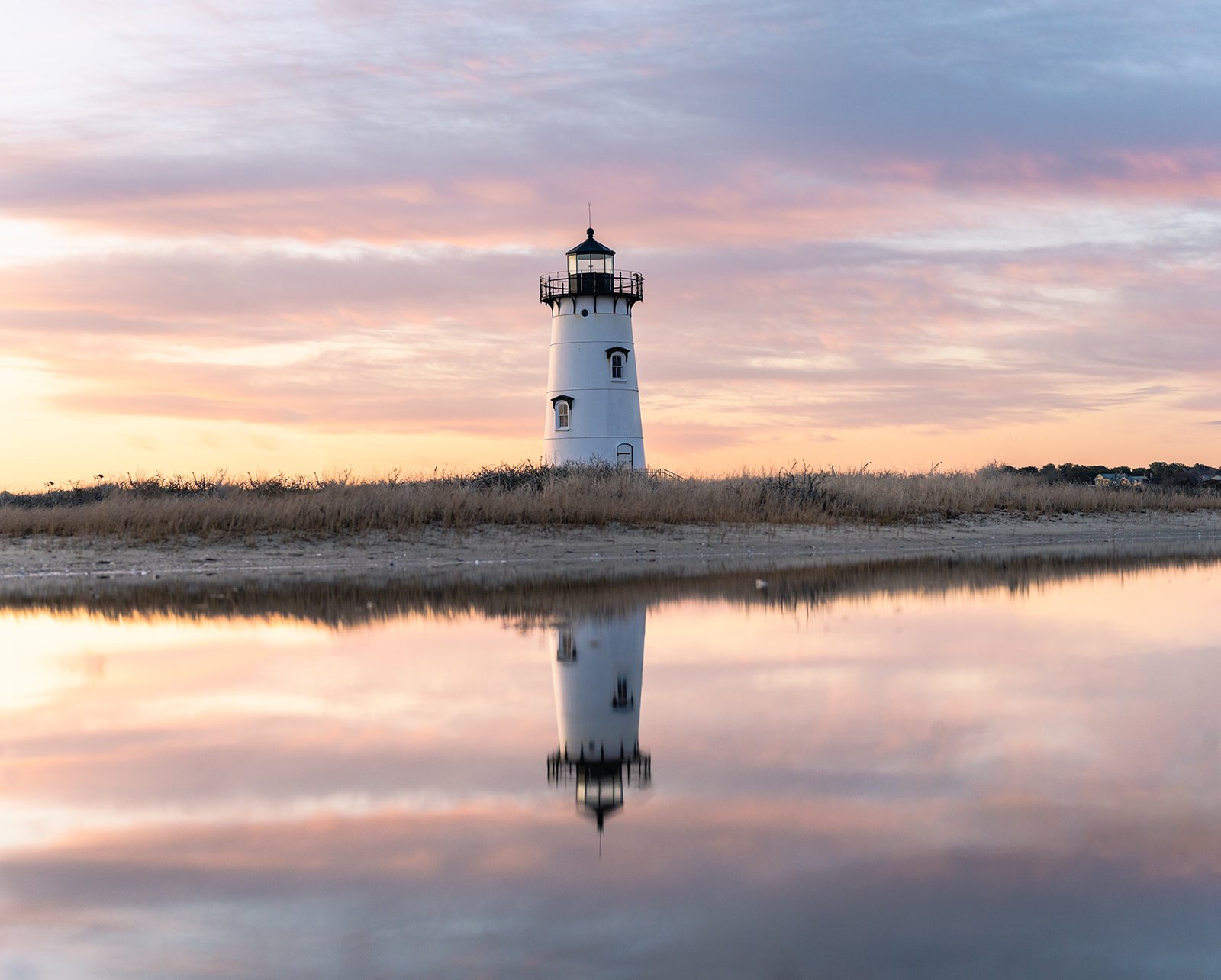Preserving Martha’s Vineyard
Martha’s Vineyard is often seen through a narrow lens—golden summer sunsets, bustling harbors, and beaches lined with vacationers. But the island’s true essence is far more complex. Beyond the seasonal tourism, the Vineyard is a living, breathing place with year-round beauty, deep-rooted history, and an ongoing battle to protect its landscapes from environmental threats.
The Other Side of the Vineyard
The offseason reveals a different kind of magic. The stillness of winter brings a quiet resilience, where frost-covered fields replace beach towels, and lighthouses stand against stormy skies. The Vineyard in these months is raw and real, its beauty unfiltered by summer’s crowds.
Yet, this version of the island—the one I love to document—feels overshadowed by its summer reputation. And even more pressing than its seasonal identity is the very real threat to its landscapes due to climate change, coastal erosion, and land management conflicts.
A Landscape Under Threat
Martha’s Vineyard has long been a place of conservation efforts, but today, the challenges are intensifying. The island’s fragile ecosystem faces mounting pressure, from rising sea levels to disputes over land use. Here are some of the major conservation battles shaping the future of the Vineyard:
1. Coastal Erosion and Climate Change
Since the late 1800s, Martha’s Vineyard and Nantucket have lost over 3,000 acres of land to coastal erosion. The effects of climate change are accelerating this loss, with some areas projected to disappear entirely in the next few decades. Beaches, bluffs, and salt marshes—the very landscapes that make the island so unique—are at risk. Conservationists are racing to find solutions, but the reality is stark: without significant action, the Vineyard will look very different in the coming years.
2. The State Forest Debate
One of the most controversial conservation issues is the plan to remove acres of white pine and scrub oak from the Manuel Correllus State Forest. The Massachusetts Department of Conservation and Recreation (DCR) argues that clearing these areas will restore native habitats and reduce wildfire risks. But local conservationists and Indigenous leaders are pushing back, concerned that the destruction of established trees could do more harm than good. The debate highlights a larger question: what does conservation really mean, and who gets to decide the future of the island’s natural spaces?
3. Access vs. Preservation on Chappaquiddick
Another contentious issue is the regulation of over-sand vehicles (OSVs) on Chappaquiddick beaches. In an effort to limit environmental damage, the Edgartown conservation commission placed daily vehicle caps on certain beaches. This decision sparked legal battles between conservation groups and those advocating for more public access. The question of how to balance recreation with environmental protection is a familiar one on the Vineyard, where the needs of nature and people often collide.
4. Experimental Climate Solutions
Perhaps one of the most ambitious conservation efforts involves an experimental geoengineering project proposed by the Woods Hole Oceanographic Institution. The plan involves introducing a sodium hydroxide solution into nearby ocean waters to enhance carbon absorption. While it could be a step toward climate change mitigation, concerns about its impact on marine ecosystems have divided scientists and locals alike. The project is a reminder that conservation is not just about protecting what exists—it’s about making hard choices for the future.
Why This Matters
For those who love the Vineyard, these conservation challenges are more than just policy debates—they’re about preserving the soul of this place. Documenting the island in the offseason is not just about showcasing its beauty but also about capturing its vulnerability. The land, the water, and the wildlife here are not just backdrops for summer vacations; they are ecosystems that need protection year-round.
Martha’s Vineyard is more than a seasonal escape. It is a place of deep history, resilience, and environmental significance. By expanding the conversation beyond summer, we can honor the full story of the island and advocate for the conservation it so desperately needs.
What You Can Do
Support local conservation organizations like the Vineyard Conservation Society.
Stay informed about policies affecting the island’s environment.
Respect preservation efforts when visiting, especially in delicate coastal areas.
Advocate for sustainable development and climate resilience.
Martha’s Vineyard is worth protecting—not just in summer, but always.















